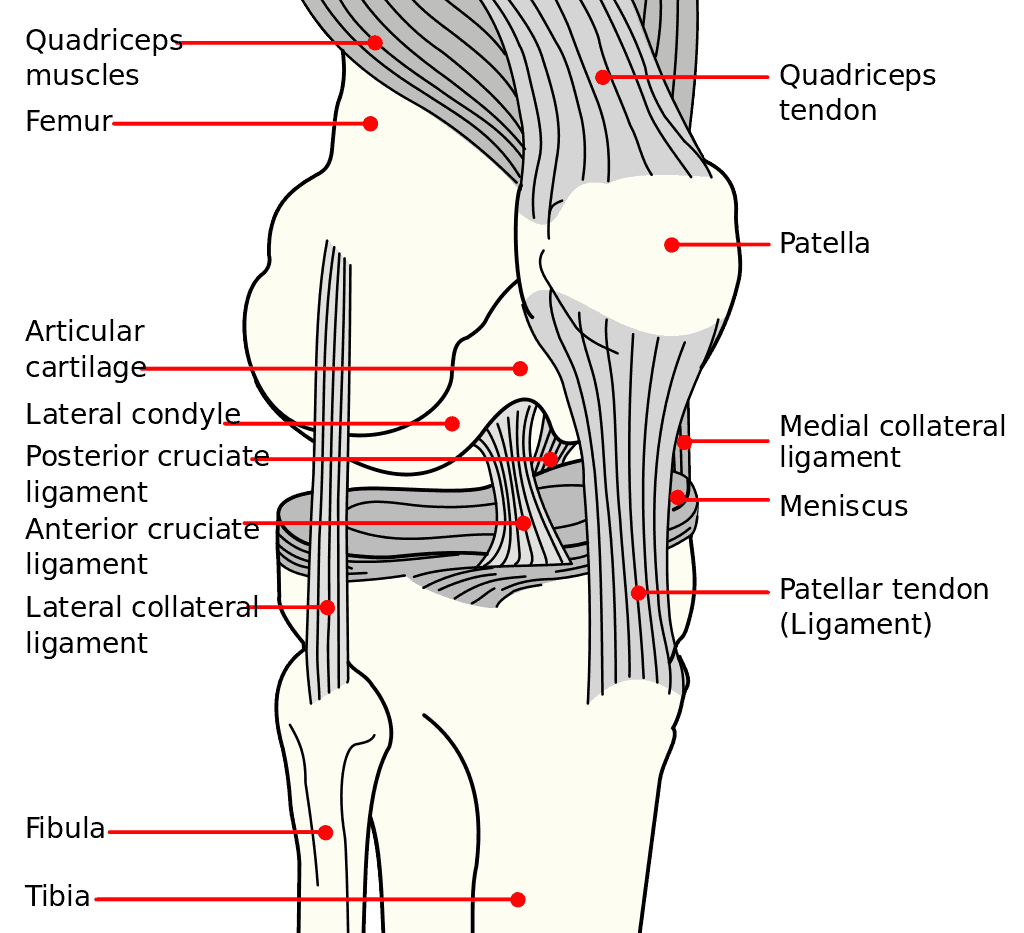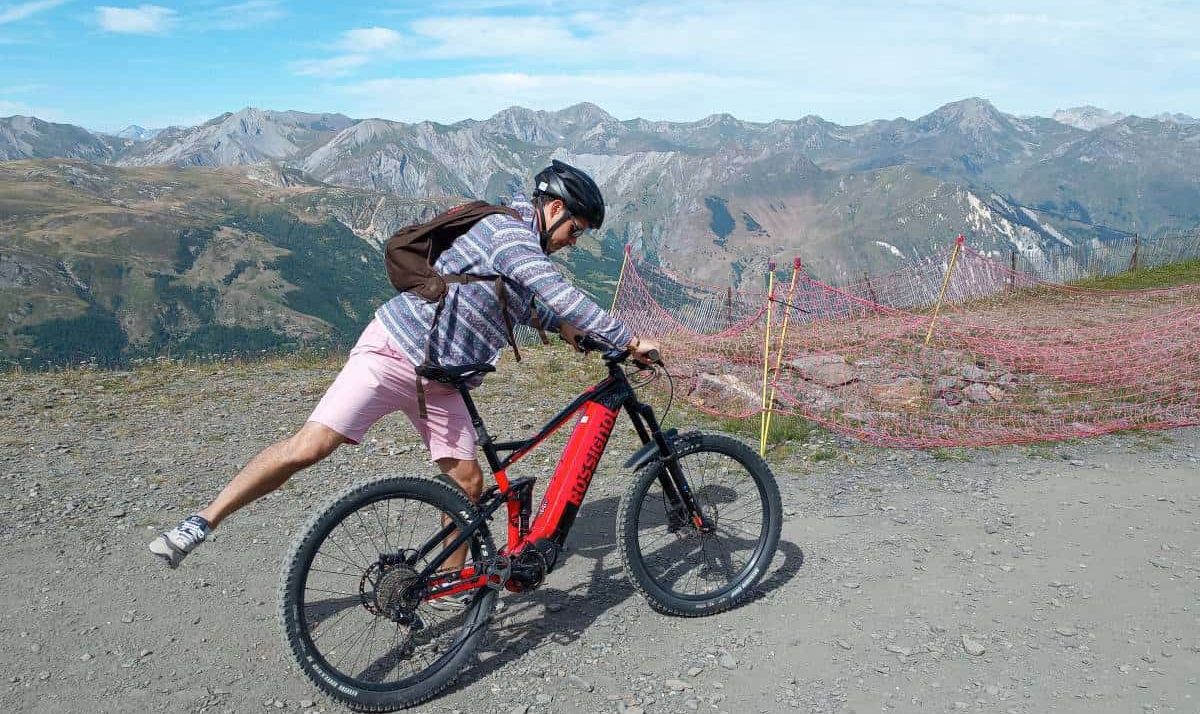Last Updated on July 13, 2023 by Igor Karni

When you are dealing with a physical ailment, such as bad knees or arthritis, it can be difficult to navigate how to best incorporate exercise into your routine. This is because dealing with bad knees, whether it is due to age or otherwise, requires you to be extra mindful of how hard you are pushing yourself. Putting too much strain on your knees can be detrimental, and can lead to potentially worsening your condition.
Table of Contents
For those who are either avid e-bike riders or those looking to find a reliable form of exercise, the question inevitably comes up: can you still ride an e-bike if you have arthritis and/or bad knees? For many arthritis or bad knees patients, doctors have suggested e-bikes as a good primary form of exercise. E-bikes are among the top preferred and safe methods of exercise for arthritis and/or bad knees.
This is not just one that elderly people deal with, as arthritis and other joint problems can affect people of all ages. While you may think that it seems implausible to be able to cycle with knee issues, you’ll be surprised at how riding your e-bike can help improve your health.
This article will outline how riding an e-bike will affect your knees and what the suggested advice is for riders who are dealing with knee problems and arthritis, and why e-bikes are among the top preferred and safe methods of exercise.
Read also: Top 10 mental benefits of riding an electric bike. And, Can riding an e-bike improve mental health.
Take it at your own pace
The number one thing to remember if you are a person afflicted with knee problems is that you must take e-bike riding, and any other physical activity, at your own pace. Pushing yourself too hard or to the maximum might cause further harm or setbacks, so it’s important to listen to your body and to stop if you are feeling pain.
Many arthritis patients have had doctors suggest e-bikes as a good primary form of exercise. Due to the pedal-assist nature of e-bikes, and the ability to control how much or little pedal assistance you desire, this is a great form of exercise to do without worsening or putting more strain on your knees.
Easy Tip: The key to e-bike riding without putting unnecessary strain is to have the right balance of power and suspension.
While there are certainly some patients who say that the repeated movements of cycling are a direct challenge to arthritis, it’s important to remember that every experience varies depending on the person and the severity of the problem.
Use low impact exercises to prepare
If you are barely able to move your knees without pain, consult your doctor or physiotherapist before you consider riding an e-bike. They may suggest yoga, swimming, or other low-impact exercises, to strengthen your muscles and alleviate your pain. These exercises may help exponentially in preparing you for your e-bike.
Use a stationary bicycle first
A recurring suggestion, from both professionals and patients alike, is to prepare for e-bike riding by using a stationary (otherwise known as a recumbent) bicycle first.
Riding a stationary bicycle allows you to get used to the motion of cycling without putting any strain on your back or hips. This will help build up the muscles in your knees to better support your joints while riding your e-bike.

If you have had a knee replacement, ask your doctor when it is appropriate to begin exercise. Patients have stated that you can likely begin with the recumbent bicycle two weeks after knee replacement surgery and can begin riding your e-bike six weeks after.
However, it is imperative to keep up with all your appointments and exercises that have been prescribed by your doctor and physiotherapist. Ultimately, you must listen to your own body and determine what your own boundaries and limits are.
Regular exercise is key
Those dealing with knee problems know that the number one piece of advice from doctors and physiotherapists is to keep active. The key to maintaining your bone and joint health when dealing with these issues is to strengthen the surrounding muscles in order to maximize mobility. Otherwise, staying static will only lead to further deterioration.
Weight loss and maintaining a physically fit body are particularly important to those dealing with knee issues. Extra weight, and being overweight, will put unnecessary stress on your knees.
Read also: Are electric bikes cheating (backed by research)? And, Are electric bikes good for fitness?
Doctors, particularly those of arthritis patients, will always recommend staying active, healthy, and fit in order to give your knees the best fighting chance possible, which is yet another reason why riding an e-bike is an excellent option.
Riding an e-bike is a great cardiovascular exercise and requires your whole body to take part, but due to its easy riding nature, it is a low-impact form of exercise that doesn’t require you to push yourself too hard.
According to the Arthritis Foundation (link to the website), cycling is particularly great for strengthening your leg muscles in addition to stabilizing the muscles of your core.
Easy Fact: The fact that e-bike riding requires repetitive knee motion without a constant impact means that this is ideal for arthritic and problematic knees.
Because of this range of motion, the Arthritis Foundation states that cycling “encourages the production of flushing fluid through the joint, lubricating it, and washing away waste products”.
When you first start riding an e-bike, there are a few things to consider or look out for.
- If you are hesitant to start out, try avoiding steep junctures (hills, etc) and bumpy roads.
- When riding, adjust your saddle height to ensure easy access when you are mounting or dismounting, allowing less strain on your knee joints when doing so.
- Keep your back straight when riding and ensure that your feet are facing forward when you ride to ensure less twisting and bending. Twisting and bending too much may put unnecessary strain on your knees and can result in pain.
Remember to be careful and to start off slowly, particularly if you are dealing with more severe joint problems.
Since e-bikes allow you to control the amount of electric assistance used, it is recommended to begin with the highest level of assistance and work your way down (if you so choose) as you begin to feel stronger.

Tips for optimal e-bike riding
There are various tips and tricks that arthritis and knee problem patients have suggested in order to create the optimal e-bike riding experience.
First, ensure that your e-bike is big enough for you: this will be helpful to make sure that you don’t bend your knees more than you need to when riding.
Second, keeping your pedaling rate relatively high will alleviate stress off your knees.
Third, patients have also suggested that purchasing an e-bike with a 500-watt motor will allow you to go up hills, which causes more resistance and can be hard on the knees, more easily, and without too much stress on your joints.
Fourth, purchase tires that are 1 ½ inch wide, which will help you maintain your balance better than thinner tires, particularly when you are riding down bumpy roads.
Fifth, ensure that you adjust the fit and posture of your e-bike to best suit your own height and body type so as to avoid unnecessary bending. If you have trouble adjusting this on your own, pay a visit to your local e-bike shop and consult a professional to help you.
Easy Tip: RadCity Step-Thru or RadMini Step-Thru are two popular and budget friendly e-bike models with a low step-through frame.
Sixth. There are also some types of e-bike that allow you to use the throttle to ride without pedaling, which is a great option for those who need to take more frequent motion breaks.
Seventh. Another factor that may help you is to purchase a step-through e-bike. A step-through frame, otherwise known as an open frame, is a bicycle that has a low-top tube (Wikipedia link), allowing you to more easily mount and dismount your e-bike.
This lessens the amount of strain it takes of bending or lifting your leg, particularly if your arthritis affects other parts of your body in addition to your knees, and is also optimal for those with limited knee mobility.
Eighth. Consider using a cadence sensor (link to Amazon) as opposed to a torque sensor. Torque sensors can cause surging, whereas cadence sensors are optimal for riding at a high revolution per minute (RPM) and keeping your speed even, ensuring that your knees will not have to go through inconsistency while riding.
Read also: How to avoid sore wrists and hands while riding an e-bike? And, top five pains when riding an e-bike, how to prevent and cure?
Cadence sensors also allow riders to maintain a high speed without pushing their knees too hard to achieve a high cadence. As well, cadence sensors are better for smooth stopping and going, which is particularly desirable for those riding their e-bikes in city traffic.
Ninth. Use paved bike paths when available, as they provide less impact on your joints than uneven roads or pavement. Take your own pace when it comes to increasing your distance, speed, and frequency; build up slowly.
A few words in conclusion
Ultimately, it is entirely up to you to decide whether e-bike riding is right for you if you are dealing with bad knees and/or arthritis.
However, do not let fear hold you back – riding an e-bike is one of the top recommended forms of exercise when dealing with joint issues. If you listen to your body, use a properly fitted e-bike, adjust your e-bike if needed and consult your doctor if necessary, you will be good to go!
Read also: Guidance for riding an electric bicycle with certain health conditions. And, Most common e-bike riding pains, how to prevent and cure.
Igor is a sustainable mobility and green energy advocate. His mission for Easy E-biking is to help make electric cycling simple, practical, and fun. Follow him on Facebook and LinkedIn.





